12. August, 2025delish0
As an efficient equipment in the field of post-press processing, the core technology of the automatic hot stamping foil slitting machine integrates multidisciplinary innovations such as precision mechanics, intelligent control, and material science. The following is an in-depth analysis from three dimensions: key technologies, core advantages and industry applications:
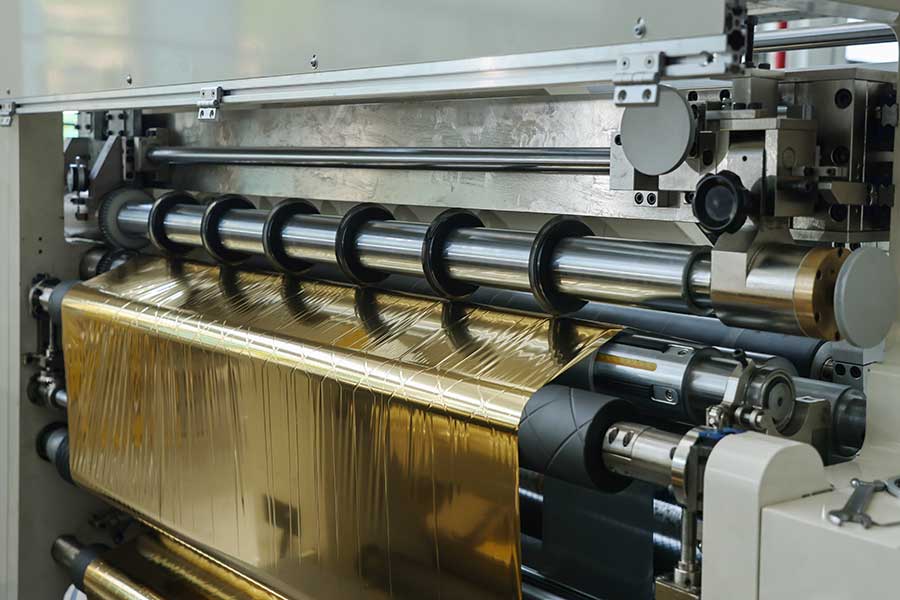
1. Core technology analysis
1. High-precision tension control system
◦ Closed-loop control of magnetic powder brake + servo motor, the tension fluctuation is controlled within ±0.1N, to ensure that the gold foil coil has no tensile deformation during the slitting process.
◦ Real-time monitoring of material tension through laser sensors, and dynamic adjustment with PID algorithm to adapt to the tension requirements of different materials (PET/OPP/metal foil).
2. Intelligent visual positioning system
◦ Equipped with a 20 million pixel CCD camera, combined with deep learning algorithms to realize pattern edge recognition (accuracy ± 0.05mm), solving the cumulative error problem of traditional mechanical positioning.
◦ Support dual-mode positioning of QR code/color code to meet the slitting needs of complex foil stamping patterns.
3. Temperature field optimization technology of hot pressing module
◦ The design of partitioned heating plate (8-12 independent temperature zones) is adopted, and the temperature difference is controlled at ±1.5°C to avoid the warping problem caused by uneven heating of the gold leaf.
◦ Nano-scale ceramic coating hot stamping roller, thermal conductivity increased by 40%, service life of more than 2 million times.
4. Adaptive slitting algorithm
◦ Automatically calculate the optimal tool pressure (0-50N adjustable) based on material thickness, hardness and other parameters, and the diamond tool life management system can predict the timing of tool change.
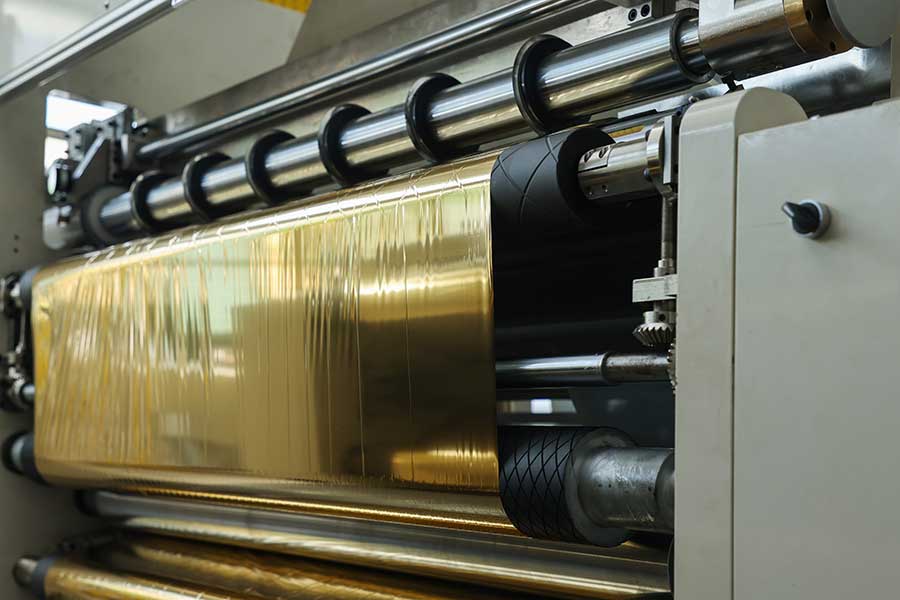
2. Disruptive innovation points
• Zero Waste Start-up Technology: By pre-storing 100 sets of material parameters and automatically matching historical data during rewinding, the start-up scrap rate is reduced from 3% to less than 0.2%.
• Blockchain traceability system: Each slitting unit is implanted with an RFID chip to record production data (temperature/pressure/speed) throughout the process to achieve anti-counterfeiting traceability of luxury packaging.
• Energy recovery design: The braking energy is fed back to the grid, and the power consumption of the whole machine is reduced by 25% compared with the traditional model.
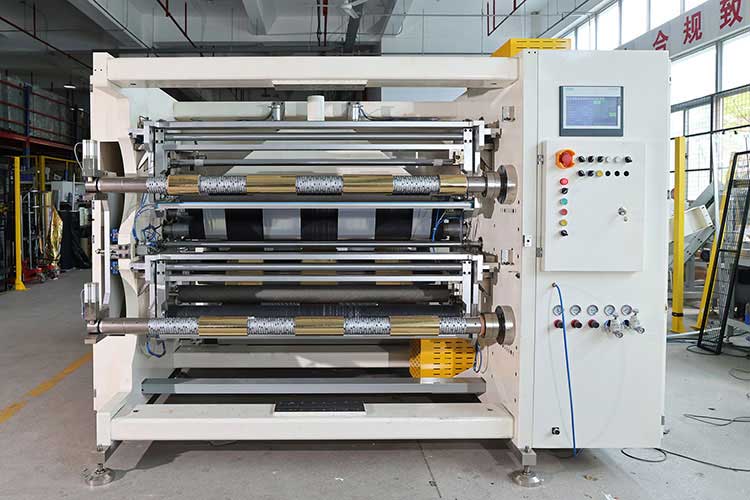
3. Industry application scenarios
1. High-end packaging field
◦ Tobacco and alcohol packaging: Achieve 0.1mm ultra-fine line hot stamping to meet the needs of anti-counterfeiting trademark slitting.
◦ Luxury box: Supports precise slitting of 3D embossed gold leaf.
2. New electronic materials
◦ Flexible circuit board (FPC) is slitted with electromagnetic shielding gold foil, and the minimum slitting width can reach 0.5mm.
3. Special material processing
◦ Composite slitting of graphene conductive film and gold leaf, temperature difference tolerance range -20°C~150°C.
4. Technical barriers and breakthroughs
• International patent layout: Japanese companies hold 70% of the relevant patents in the field of precision tools, and domestic manufacturers achieve corner overtaking through new composite tools (tungsten carbide + diamond coating).
• Fault self-diagnosis system: Based on the industrial big data platform, it can predict the failure of key components such as bearings 12 hours in advance, reducing downtime by 80%.
Future trends
• Digital twin factory: The device maps the virtual model in real time and realizes remote operation and maintenance through AR glasses.
• AI process optimization: Automatically generates optimal slitting schemes based on historical data, increasing material utilization to 98.7%.
The technology has been verified by 24-hour continuous production in a listed packaging enterprise in China, with an annual production capacity of 120 million linear meters per unit and a 15% increase in comprehensive efficiency compared with similar equipment in Germany, marking that China has entered the first echelon in the field of high-end post-press equipment.



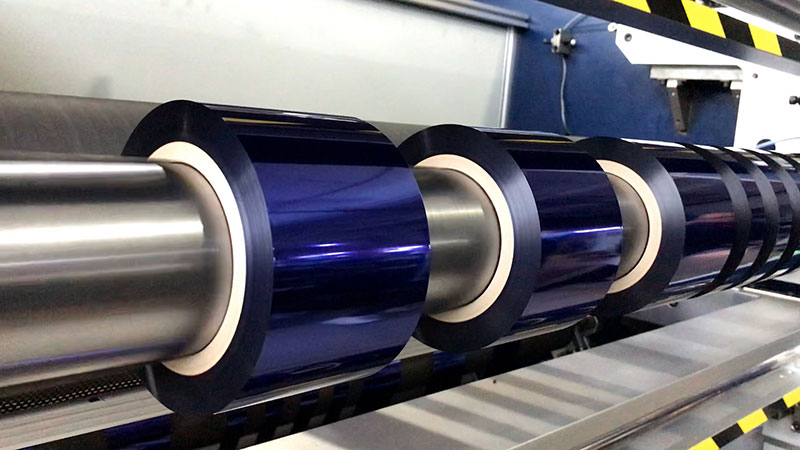
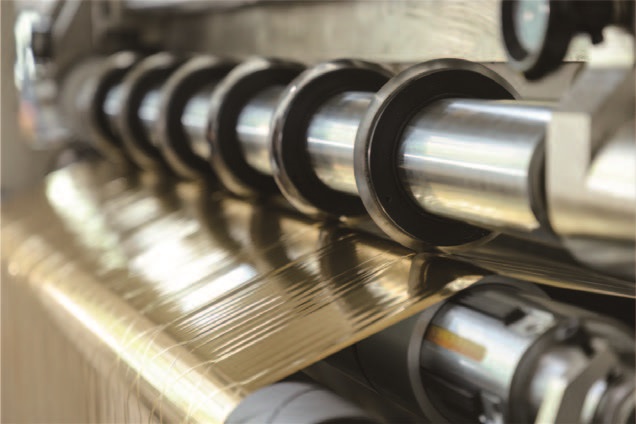
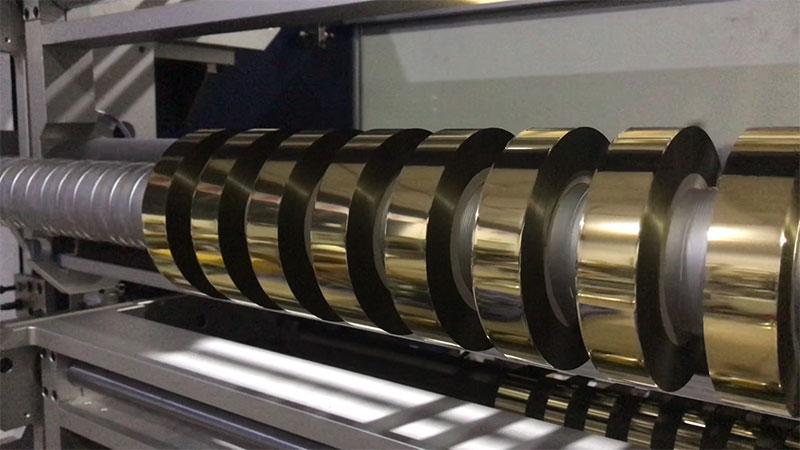
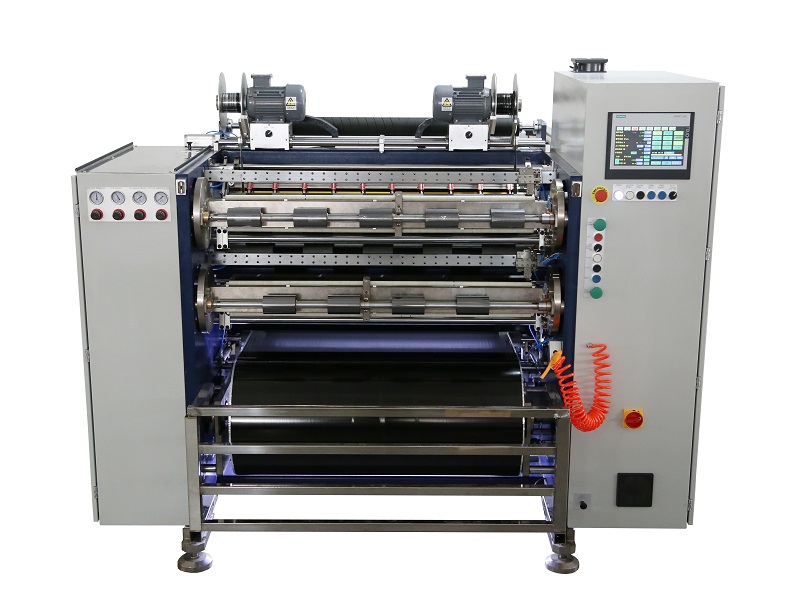 Fully Automatic TTR Slitter RSDS8 Plus
Fully Automatic TTR Slitter RSDS8 Plus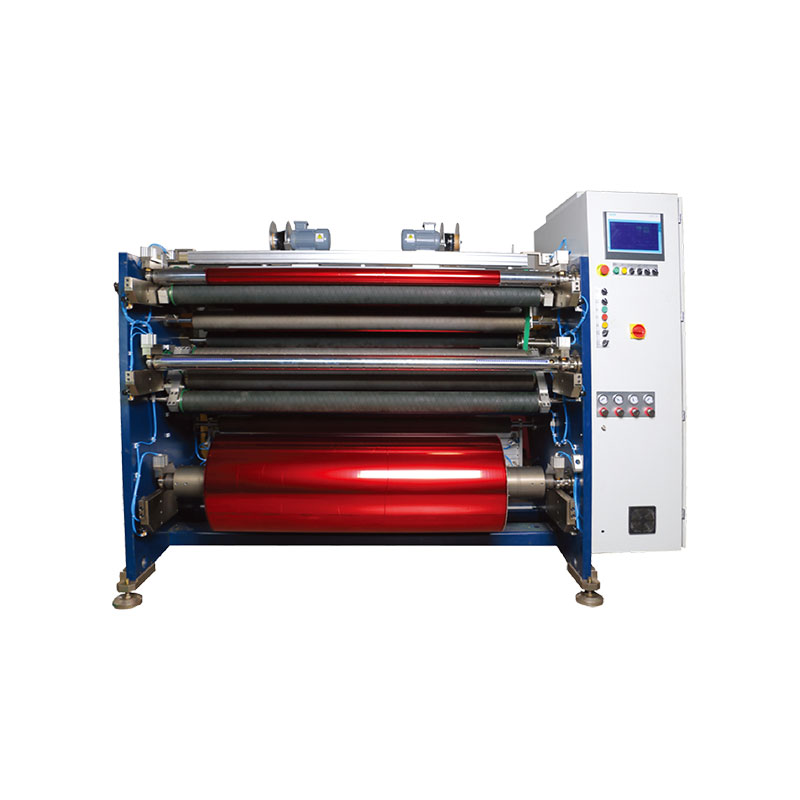 Hot Stamping Foil Slitter 1600mm
Hot Stamping Foil Slitter 1600mm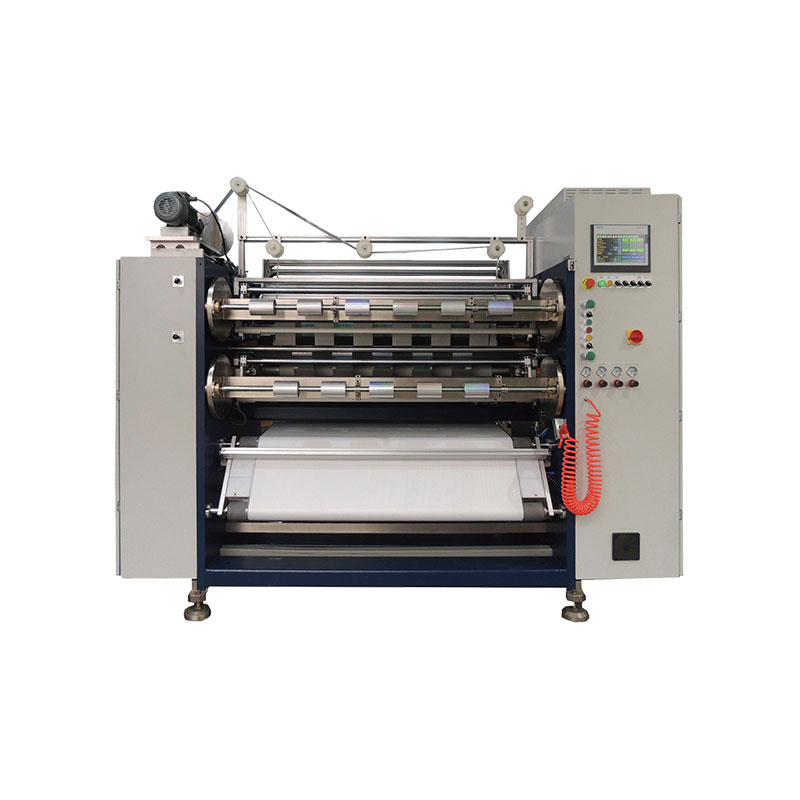 Hot Stamping Foil Slitter (4 Shafts)
Hot Stamping Foil Slitter (4 Shafts)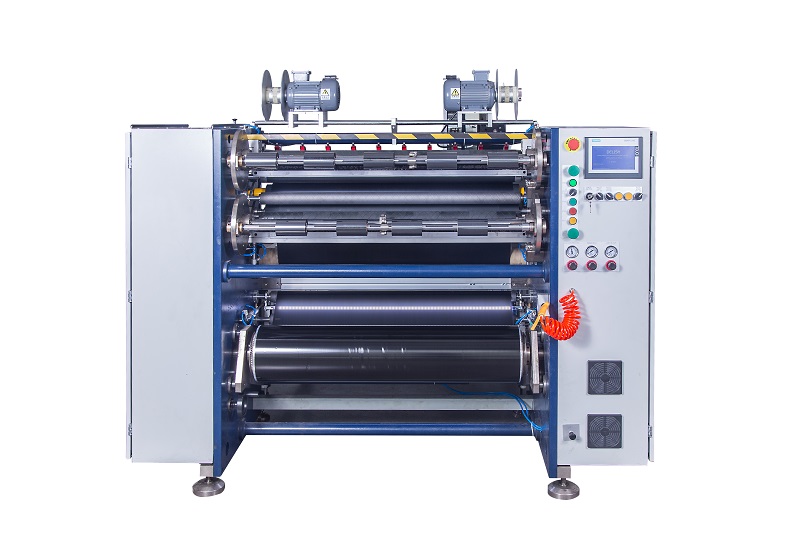 Semi-Auto TTR Slitter RSDS2 Plus
Semi-Auto TTR Slitter RSDS2 Plus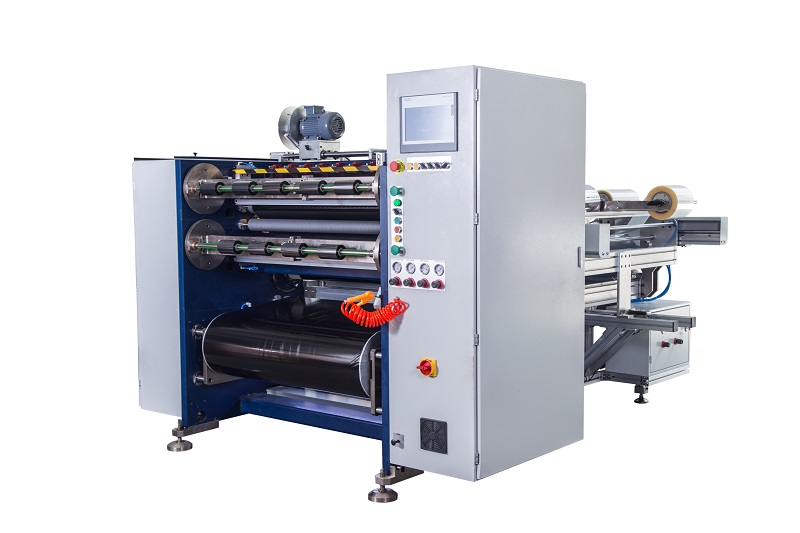 Semi Automatic TTR Slitter RSDS5 Plus
Semi Automatic TTR Slitter RSDS5 Plus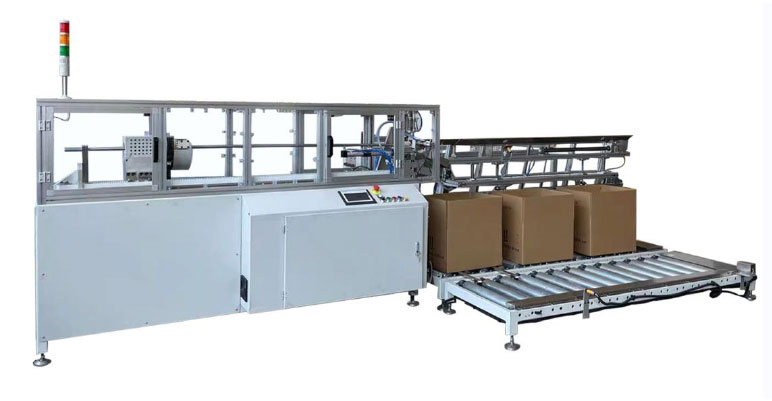 Auto Paper Core Cutter
Auto Paper Core Cutter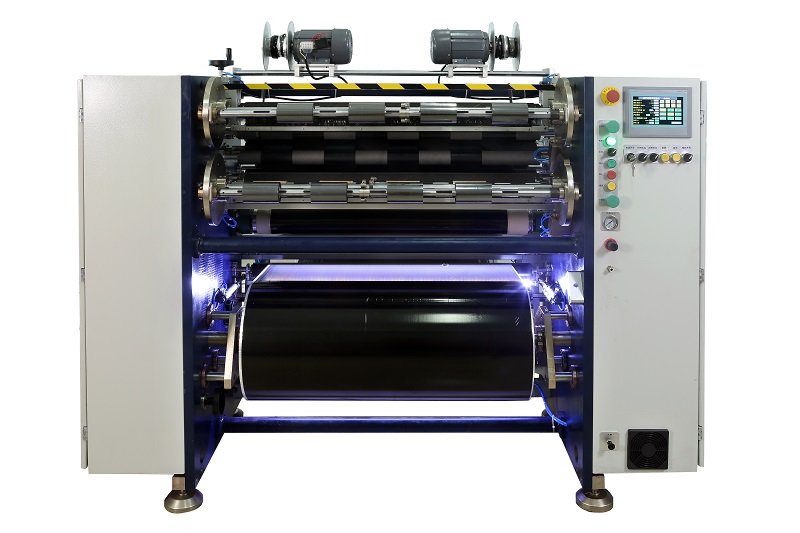 Manual TTR Slitter RSDS2
Manual TTR Slitter RSDS2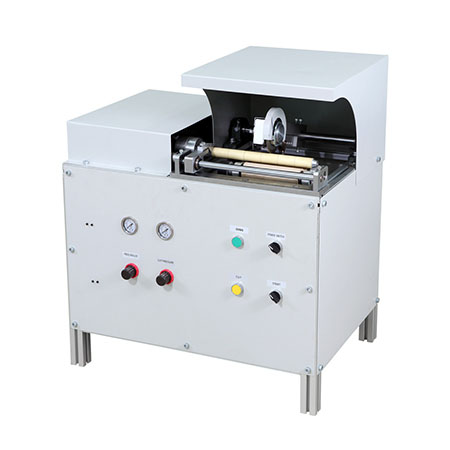 Manual Paper Core Cutter
Manual Paper Core Cutter





